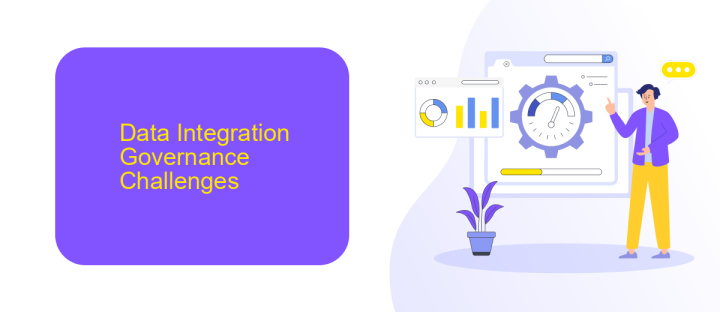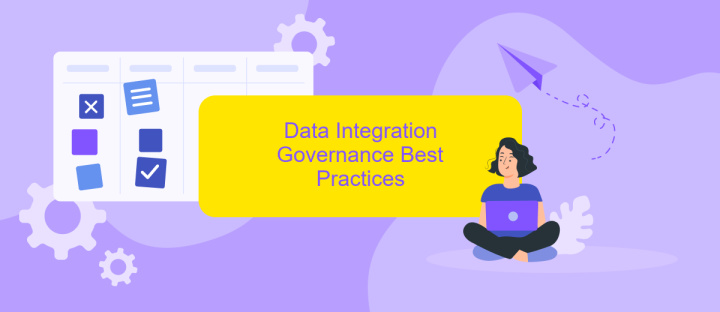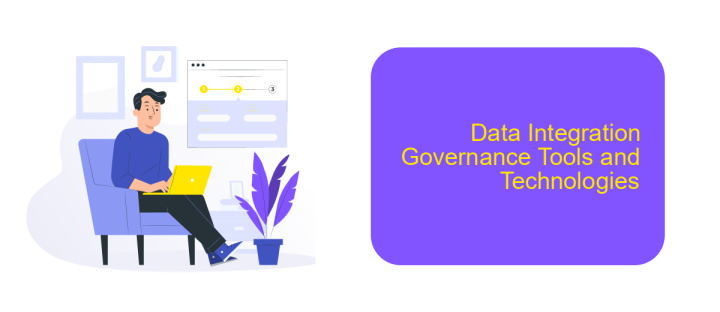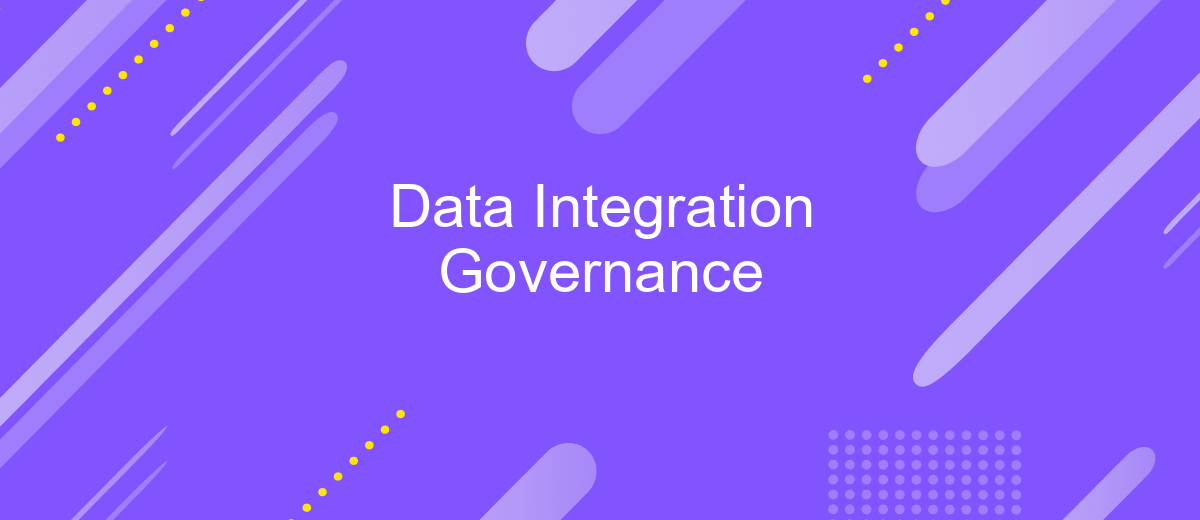Data Integration Governance
Data Integration Governance is a critical framework for ensuring the accuracy, consistency, and security of data across an organization. By establishing clear policies, procedures, and responsibilities, it enables seamless data integration from diverse sources, supporting informed decision-making and operational efficiency. This article explores the key components and best practices for implementing effective data integration governance in today's data-driven landscape.
Introduction
Data Integration Governance is a crucial aspect of managing and utilizing data effectively within an organization. It involves the policies, procedures, and standards that ensure data from various sources is integrated accurately, consistently, and securely. As businesses increasingly rely on data-driven decisions, the need for robust data integration governance becomes paramount.
- Ensures data quality and consistency across systems
- Facilitates compliance with regulatory requirements
- Enhances data security and privacy
- Improves decision-making with reliable data insights
Effective data integration governance can be achieved through the use of specialized tools and services. For instance, ApiX-Drive offers a comprehensive solution for automating data transfers between various platforms, ensuring seamless integration and synchronization. By leveraging such services, organizations can streamline their data workflows, reduce manual errors, and maintain high standards of data governance.
Data Integration Governance Challenges

Data Integration Governance presents a variety of challenges that organizations must navigate to ensure seamless and secure data flow. One significant issue is data quality management, where inconsistencies and inaccuracies can lead to unreliable insights and decision-making. Additionally, maintaining data privacy and compliance with regulations like GDPR and CCPA is crucial, requiring robust data protection measures and constant monitoring. Integration complexity also poses a challenge, as organizations often deal with diverse data sources and formats, necessitating sophisticated tools and strategies to harmonize the data effectively.
Another challenge is the scalability of data integration solutions. As businesses grow, the volume and variety of data increase, demanding more advanced and scalable integration platforms. Tools like ApiX-Drive can be instrumental in this regard, offering automated data integration services that simplify the process and enhance efficiency. Furthermore, ensuring real-time data synchronization across various systems is critical for operational agility but can be difficult to achieve without the right infrastructure. Effective governance requires a balanced approach, combining technological solutions with strong policy frameworks to address these multifaceted challenges.
Data Integration Governance Best Practices

Effective Data Integration Governance is crucial for maintaining data quality and ensuring seamless operations. By implementing best practices, organizations can mitigate risks and enhance data reliability.
- Establish Clear Policies: Define data governance policies that outline roles, responsibilities, and procedures for data integration.
- Utilize Automated Tools: Leverage tools like ApiX-Drive to automate data integration processes, reducing manual errors and improving efficiency.
- Ensure Data Quality: Implement data validation and cleansing processes to maintain high data quality standards.
- Monitor and Audit: Regularly monitor data flows and conduct audits to ensure compliance with governance policies.
- Train Staff: Provide ongoing training for staff to ensure they are knowledgeable about data integration governance practices and tools.
Adopting these best practices helps organizations streamline data integration processes, ensuring data integrity and compliance. By utilizing services like ApiX-Drive, businesses can automate and optimize their data workflows, leading to more efficient and reliable data management.
Data Integration Governance Tools and Technologies

Effective Data Integration Governance requires a suite of tools and technologies to ensure seamless data flow, quality, and compliance. These tools help organizations manage data integration processes, automate workflows, and maintain data integrity across various systems.
One of the prominent tools in this domain is ApiX-Drive, which simplifies the integration of different applications and services. It allows users to set up automated data workflows without needing extensive coding knowledge, making it accessible for both technical and non-technical users.
- ETL Tools: Extract, Transform, Load (ETL) tools like Apache Nifi and Talend help in data extraction, transformation, and loading across different systems.
- API Management: Tools like ApiX-Drive facilitate seamless API integration, enabling automated data exchange between applications.
- Data Quality Tools: Solutions like Informatica ensure data accuracy, consistency, and reliability across integrated systems.
- Data Governance Platforms: Tools such as Collibra and Alation help in managing data policies, compliance, and data stewardship.
By leveraging these tools, organizations can achieve robust Data Integration Governance, ensuring that data is accurate, compliant, and readily available for decision-making processes. These technologies not only streamline data workflows but also enhance the overall data management strategy.


Benefits of Data Integration Governance
Implementing Data Integration Governance ensures that data from various sources is seamlessly integrated, leading to improved data quality and consistency. This governance framework helps in standardizing data formats, reducing redundancy, and eliminating data silos. As a result, organizations can make more informed decisions based on accurate and comprehensive data, thereby enhancing operational efficiency and driving business growth.
Additionally, Data Integration Governance facilitates compliance with regulatory requirements by ensuring that data is managed and processed according to established standards and policies. Tools like ApiX-Drive can streamline the integration process by automating data transfers between different systems, thus saving time and reducing the risk of human error. By leveraging such services, companies can focus on strategic initiatives rather than getting bogged down by technical complexities, ultimately fostering innovation and competitive advantage.
FAQ
What is Data Integration Governance?
Why is Data Integration Governance important?
What are the key components of Data Integration Governance?
How can organizations implement Data Integration Governance effectively?
Are there tools available to help with Data Integration Governance?
Time is the most valuable resource in today's business realities. By eliminating the routine from work processes, you will get more opportunities to implement the most daring plans and ideas. Choose – you can continue to waste time, money and nerves on inefficient solutions, or you can use ApiX-Drive, automating work processes and achieving results with minimal investment of money, effort and human resources.

